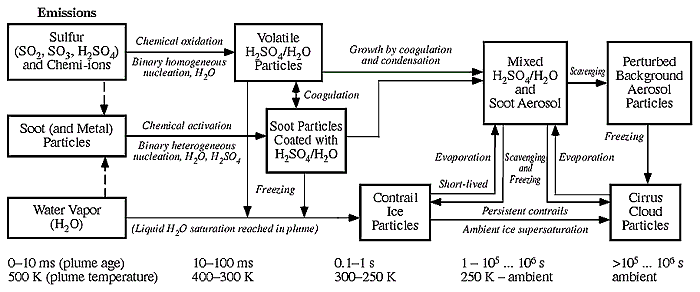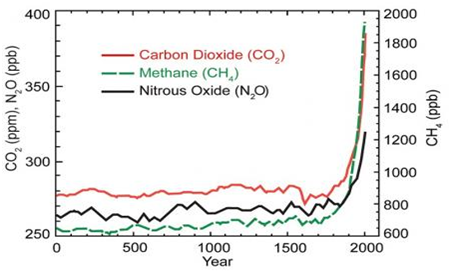


A detailed description and verification of the inlet system for simultaneous sampling of soluble gases and aerosol compounds is presented. Measurements were made continuously using a wet-annular denuder (WAD) in combination with a Steam-Jet Aerosol Collector (SJAC) followed by suitable on-line analysis. Sampling was performed from 12 September to 14 November 2002, extending from the dry season (extensive biomass burning activity), through the transition period to the wet season (background conditions). This study was conducted within the framework of LBA-SMOCC (Large Scale Biosphere Atmosphere Experiment in Amazonia - Smoke Aerosols, Clouds, Rainfall and Climate: Aerosols from Biomass Burning Perturb Global and Regional Climate). Please read the corrigendum first before accessing the article.We measured the mixing ratios of ammonia (NH 3), nitric acid (HNO 3), nitrous acid (HONO), hydrochloric acid (HCl), sulfur dioxide (SO 2 and the corresponding water-soluble inorganic aerosol species, ammonium (NH 4 +), nitrate (NO 3 -), nitrite (NO 2 -), chloride (Cl - and sulfate (SO 4 2-), and their diel and seasonal variations at a pasture site in the Amazon Basin (Rondônia, Brazil). HONO exhibited a characteristic diel cycle with high mixing ratios at nighttime and was not completely depleted by photolysis during daylight hours. This is attributed to strong relative humidity and temperature variations between day and night as well as to changing photochemistry and stability conditions of the planetary boundary layer. Additionally, N-containing gas and aerosol species featured pronounced diel variations.

During the wet season, mixing ratios decreased by nearly a factor of 3 for all compounds compared to those observed when intensive biomass burning took place. Accordingly, mixing ratios of NH 4 + exceeded those of other inorganic aerosol contributors by a factor of 4 to 10. Mixing ratios of acidic trace gases remained below 1ppb throughout the measurement period, while NH 3 levels were an order of magnitude higher. Median LOD values (3σ-definition) were ≤0.015ppb for acidic trace gases and aerosol anions and ≤0.118ppb for NH 3 and aerosol NH 4 +. The limit of detection (LOD) was determined for each single data point measured during the field experiment. Overall measurement uncertainties of the ambient mixing ratios usually remained below 15%. We measured the mixing ratios of ammonia (NH 3), nitric acid (HNO 3), nitrous acid (HONO), hydrochloric acid (HCl), sulfur dioxide (SO 2 and the corresponding water-soluble inorganic aerosol species, ammonium (NH 4 +), nitrate (NO 3 -), nitrite (NO 2 -), chloride (Cl - and sulfate (SO 4 2-), and their diel and seasonal variations at a pasture site in the Amazon Basin (Rondônia, Brazil).


 0 kommentar(er)
0 kommentar(er)
